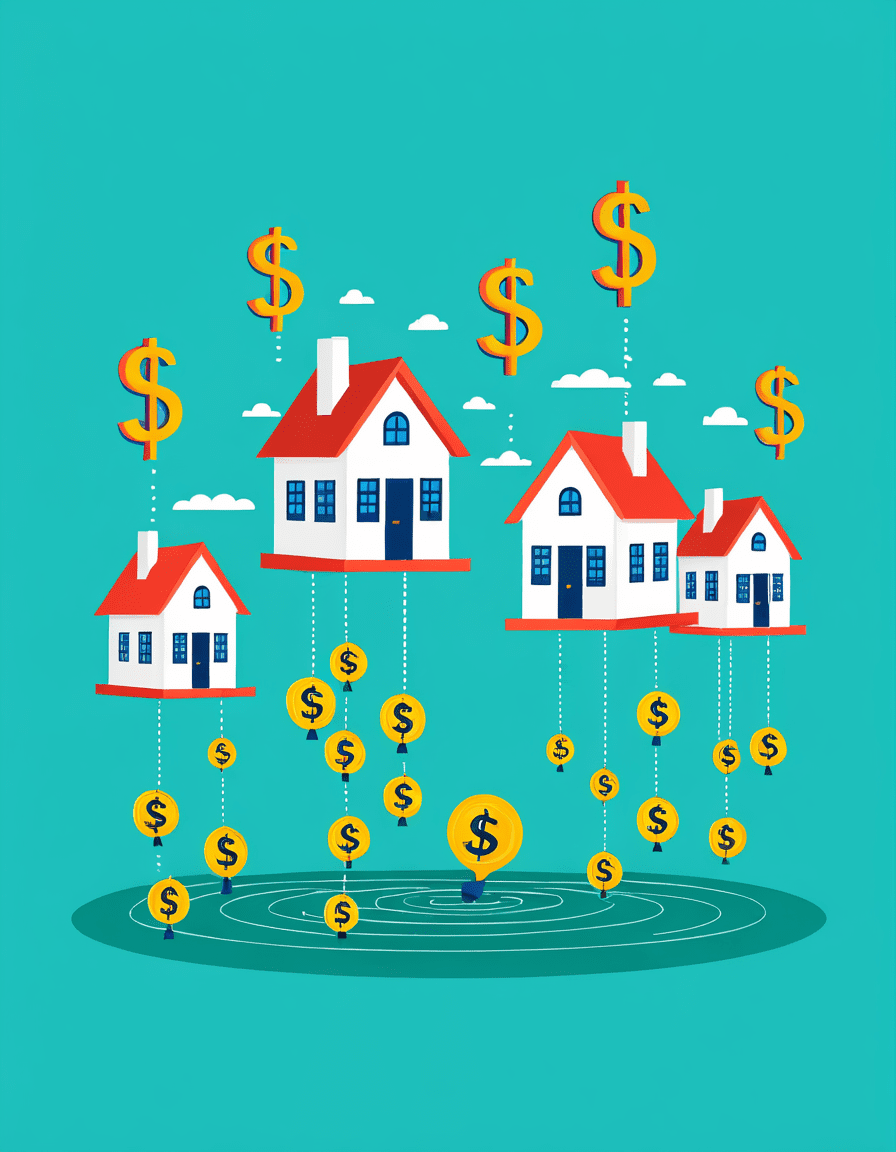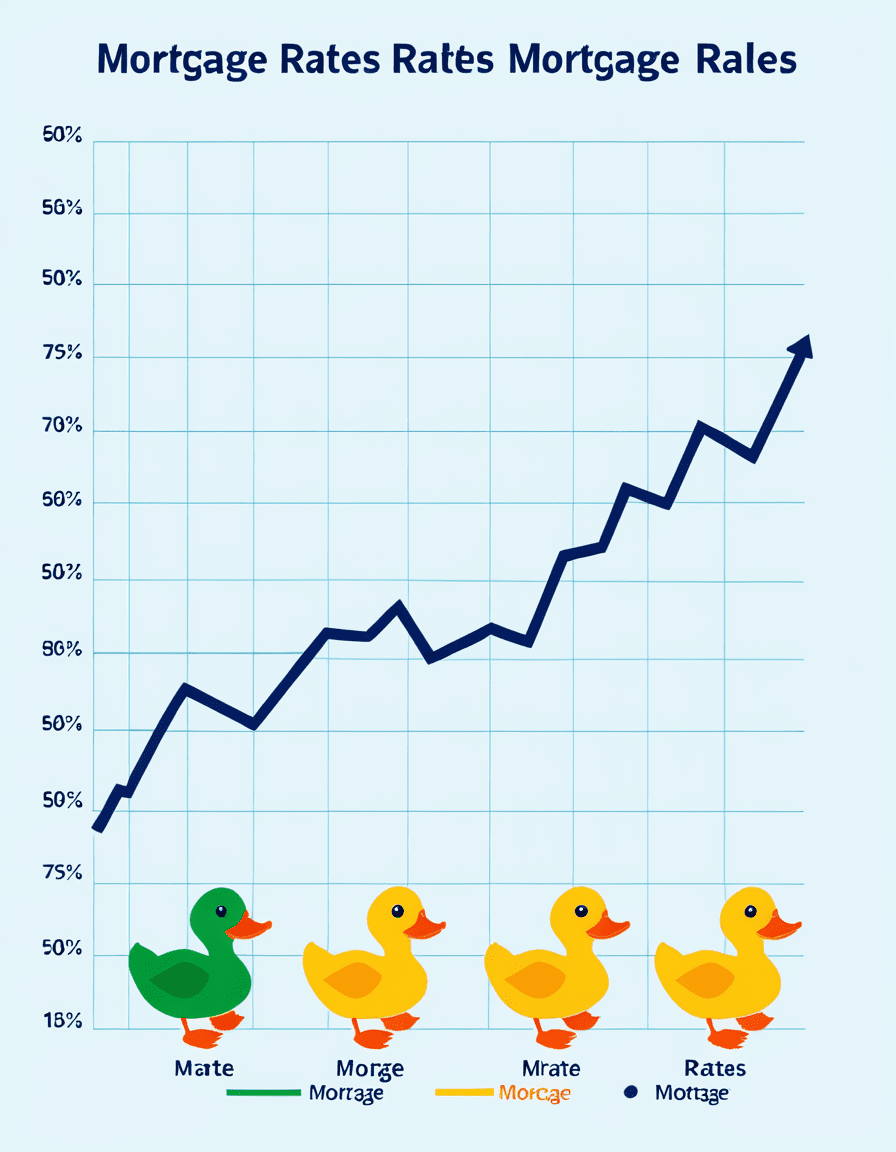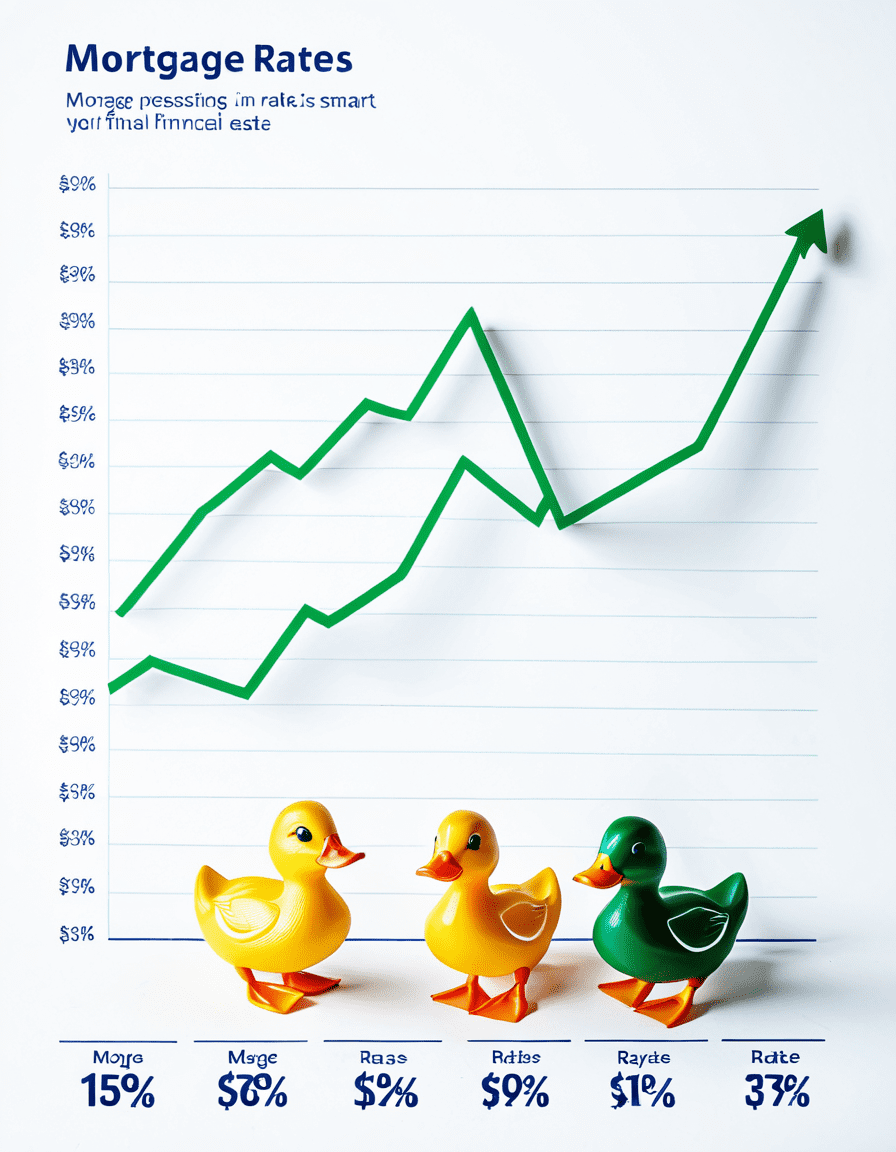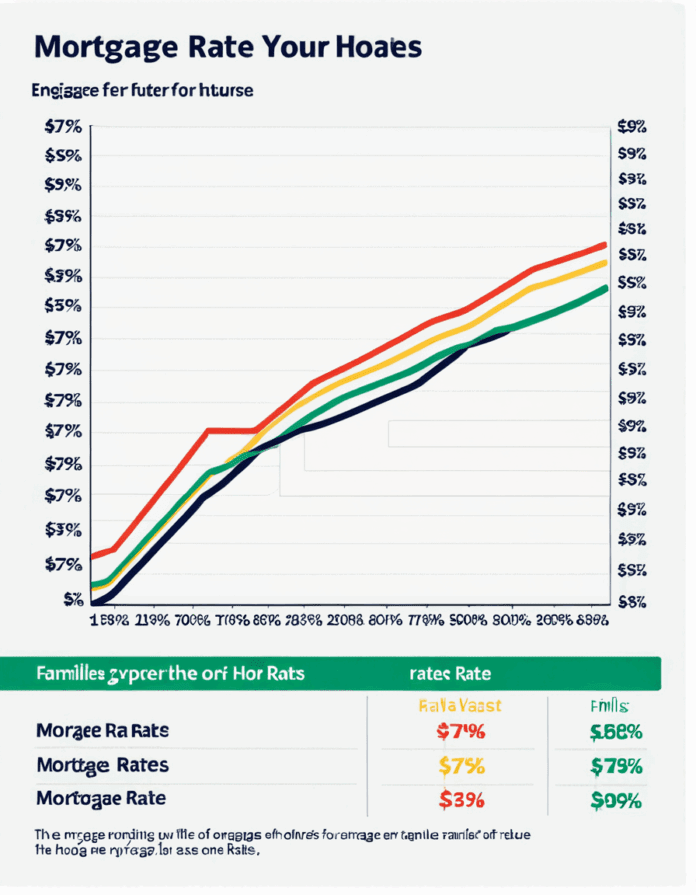Navigating the mortgage rates chart is essential for homebuyers looking to make informed decisions in 2026. With housing interest rates today hovering around 6.3% for a 30-year fixed mortgage — a noticeable drop from 7% in mid-2025 — the current market presents great opportunities. In this article, we will dissect key factors influencing mortgage rates and unpack the nuances of reading mortgage rates charts. By understanding these elements, you can secure the best financing options for your dream home.

The State of Mortgage Rates Today
As we step into 2026, understanding mortgage rates is more important than ever. The current average 30-year fixed mortgage rate stands at 6.3%, a positive shift compared to recent highs. This change stems from various economic factors, prominently Federal Reserve policies and inflation trends. A downward trend in rates often translates to better buying power for homebuyers, making it an exciting time to purchase a home.
Why is this drop significant? Lower rates enable homebuyers to afford more, giving them leverage in competitive markets. Many buyers are taking advantage of these favorable conditions to explore homes that might have been out of reach previously.
However, it’s crucial to recognize that the mortgage rates chart isn’t set in stone. Factors like inflation and employment rates continuously shape these figures. A savvy homebuyer keeps an eye on these fluctuations to decide the best time to secure a mortgage.

How to Read the Mortgage Rates Chart: Key Indicators
Understanding a mortgage rates chart can feel overwhelming, but it becomes manageable when you break down essential indicators:
By familiarizing yourself with these indicators, you’ll be well-prepared to read mortgage rates charts and make educated decisions regarding home financing.
Impact of Inflation on Home Interest Rates
Inflation plays a significant role in shaping home interest rates. Currently, the inflation rate is around 2.5%, down from 4.2% last year. This decrease in inflation typically leads to lower mortgage rates, making home buying more attractive.
However, the relationship between the Fed’s actions and inflation can lead to unpredictable shifts. The Federal Reserve can change rates at unpredictable intervals to adjust for economic variations, which might unsettle homebuyers trying to time their purchase right.
Savvy buyers should remember that while lower inflation is great for borrowing, outside factors might influence rates. Thus, keeping a finger on the pulse of these economic changes is vital.
The Effect of the Job Market on Mortgage Rates
A healthy job market often correlates with rising mortgage rates. In 2026, the unemployment rate is at a low 3.8%, which tends to reflect a robust economy. When people feel secure in their jobs, they’re more inclined to buy homes, thereby pushing up demand and rates.
Homebuyers should assess job market stability in their desired areas. Looking at cities like Franklin , Ma and Garner , Nc, local employment trends show that areas with solid job markets might experience slightly higher mortgage rates due to increased purchasing power from residents.
This dynamic means homebuyers must stay informed about the job landscape to understand potential impacts on mortgage rates and home availability.
Seasonal Trends in Mortgage Rates
Expect to see seasonal trends in mortgage rates based on buyer behavior. Historically, spring and summer are considered peak home-buying seasons. During these months, competition ramps up, leading mortgage lenders to raise rates due to increased demand.
Conversely, the fall and winter months may offer better financing options. For instance, late 2025 saw mortgage rates drop significantly after the competitive summer, presenting a strategic opportunity for buyers willing to wait.
Understanding these seasonal shifts aids in planning your home purchase effectively. Watch for these trends when analyzing the mortgage rates chart so you can make well-timed decisions.
Effective Strategies for Securing the Best Mortgage Rate
To secure the best possible mortgage rates, consider these strategic tips:
By applying these strategies, homebuyers can position themselves advantageously in a fluctuating market.
Real-Life Examples: Smart Buying in Action
Let’s explore how a few smart homebuyers navigated the current landscape. Take Sarah in Austin, Texas. In December 2025, she locked in a rate of 6.0%. By making her move during a downturn in rates, she secured her dream home in a competitive market without breaking the bank.
On the flip side, consider Tom, who hesitated, hoping rates would drop even further. Instead, he faced rising rates in early 2026 and wound up paying more than he initially anticipated. His experience highlights the importance of timing and making informed decisions.
These stories exemplify how understanding the mortgage rates chart and current trends affects the choices you make in the home buying process.
In this swiftly changing landscape, staying informed and adaptable is key to navigating the world of mortgage financing. Awareness of market conditions and economic factors allows homebuyers to secure favorable terms on their dream home. The difference between an affordable mortgage and one that stretches your budget could hinge on your understanding of the mortgage rates chart and current trends.
For more on housing interest rates today and helpful insights on how to interpret these charts, be sure to check our comprehensive housing interest rates chart. Remember, knowledge is a powerful tool in the home buying journey.
Mortgage Rates Chart Insights: Fun Trivia and Interesting Facts
Understanding Mortgage Rates through Charts
Did you know that mortgage rates can change daily? A mortgage rates chart gives you a quick glance at significant trends over time, making it easier to make strategic decisions when buying a home. For instance, back in the late 1970s, rates soared to an astonishing 18%, showing just how unpredictable the housing market can be. Remember that tale about David Morris, who once shared his insights on market shifts? His stories emphasize the need for smart timing when locking in those rates.
In today’s tech-savvy world, mortgage rates are not just numbers; they tell a story of supply and demand. As more buyers flood the market, rates can inch higher—much like how a film’s success can boost market value, reminiscent of how Doedas career took off after a breakthrough role. Just as Alside revolutionized window installations, understanding your mortgage options can transform your home-buying journey from daunting to delightful.
Trends That Matter
Here’s a nugget that might surprise you: historically, the summer months see more activity in the housing market, which often correlates with rising mortgage rates. As families typically prefer to move before the school year sets in, this trend may lead to increased competition. It’s fascinating how events like school board decisions over Confederate names can impact community dynamics and, ultimately, housing demand. A stable school environment often attracts families, thus driving the housing market.
Finally, if you’re diving into charts and trying to decode the lingo, you might want to check out resources translating mortgage terms into plain English – much like learning Icelandic To English. Making sense of various terms can empower you as a buyer and help you spot the best opportunities. So, keep an eye on that mortgage rates chart; they’re more than just numbers—they’re a gateway to understanding the ebbs and flows of the market!


